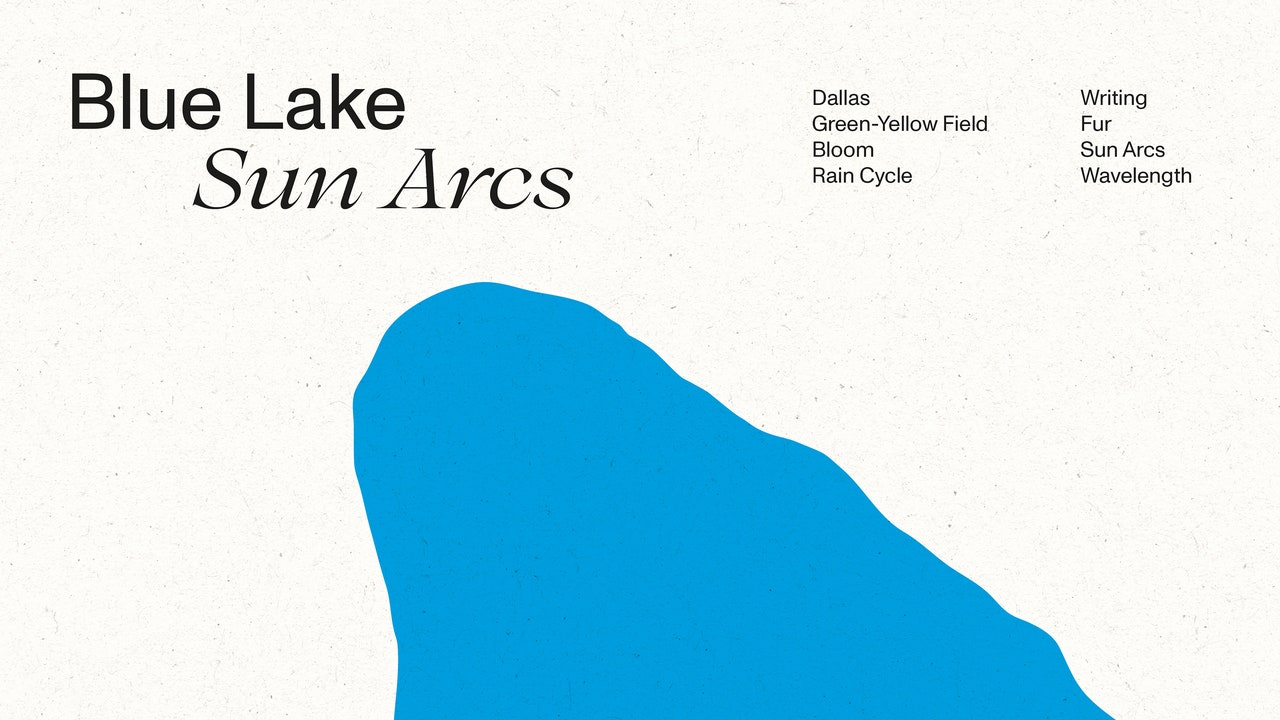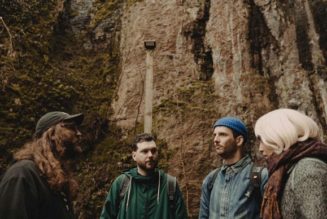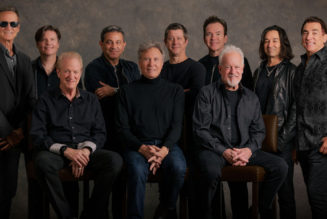
The music of Blue Lake is a solitary journey. Led by the Texas-born, Denmark-based artist Jason Dungan, the instrumental project is characterized by a peaceful, wandering approach that should be familiar to anyone who enjoys walking along the same route every day, noticing how different seasons, soundtracks, or moods can alter the view. As a composer, Dungan never tires of a few specific textures: the melodic drone of a zither winding along a major scale; the way a drum machine can loop into a trancelike momentum; the sketch-like presence of clarinet and recorder suggesting the outline of a symphony.
To create his latest album, Sun Arcs, Dungan retreated to a cabin in the Swedish woods where his days were occupied solely by making music and walking his dog. The results of his exercise feel clear-eyed and optimistic, ambitious and multidimensional enough to conjure the sound of a full band even though he is the only person in the room. The project shares a name with a live album by jazz trumpeter Don Cherry, and the influence of improvisatory ensembles is clear in Dungan’s work. He leaves an impression less through melody than through feeling: the kind of ecstatic release that comes from hammering a simple theme over and over, until its movements come second nature and each subtle shift promises to lead somewhere new.
This sense of patience aligns Dungan’s music with genres like drone and ambient as much as jazz, and his use of acoustic instruments helps strike a blend that feels distinctly his own. His work centers on the sound of a 48-string zither, which he built specifically for the project: a texture that lands somewhere between harp and sitar. Some tracks are devoted almost entirely to the instrument. The title track is a duet between zither and the driplike, amelodic plucks of slide guitar, played high up the neck. “Green-Yellow Field,” meanwhile, is an improvised solo performance that sweeps with incidental harmony reminiscent of wind chimes, the pauses between each note carrying as much resonance as the strings.
Other songs feel like breakthroughs, new ways to ground his distinctive voice. “Bloom” is Dungan’s most uniformly gorgeous performance to date, based on an open-tuned, fingerpicked melody that would sound equally at home on a solo guitar record or accompanying a singer-songwriter. The magic is in how it builds. Like guests slowly arriving at a party and filling the room with conversation, the arrangement gathers at a natural pace that grows warmer and brighter as each new element joins in: a deep, sawing cello; a childlike keyboard melody; percussion that seems to echo the movement of Dungan’s hand along the fretboard.
Taking a tactile approach to each instrument, Dungan’s music transcends from merely pleasant to something inhabitable: places that you will want to return to. In the liner notes, he refers to visual cues as often as sonic ones, and the recording process seems inextricable from the compositions themselves. He recalls the way his dog slept on the floor beside him through the entire recording of “Fur,” whose pattering drums, pump organ, and clarinet each find subtle ways of offering companionship. For the nine-minute closer, “Wavelength,” he cites the 1967 film of the same name by experimental auteur Michael Snow, whose endless zoom-in technique he draws from by pulling us closer without limiting the psychedelic, open-ended appeal of his art.
In addition to fellow Americana wanderers like William Tyler, whose experiments with krautrock on Modern Country set a precedent for the more fleshed-out songs here, Snow’s minimal but boundaryless approach seems a fitting model for Dungan’s evolving vision. Near the end of his life, Snow focused on art made with the perspective granted by his remote Newfoundland cabin. “The isolation and silence, the lack of interruption, has been inspiring,” he said in a 2021 interview. In one of his later pieces, he filmed a curtain blowing against an open window at sunset while he and his wife were eating dinner, the sound of their dishes faintly audible alongside their breath and the wind. The recordings on Sun Arc conjure a similarly intimate view, one that can feel both magical in its simplicity and all the more compelling for what’s just out of frame.









